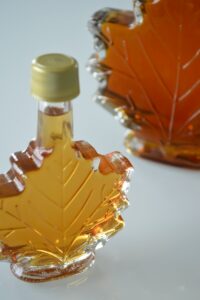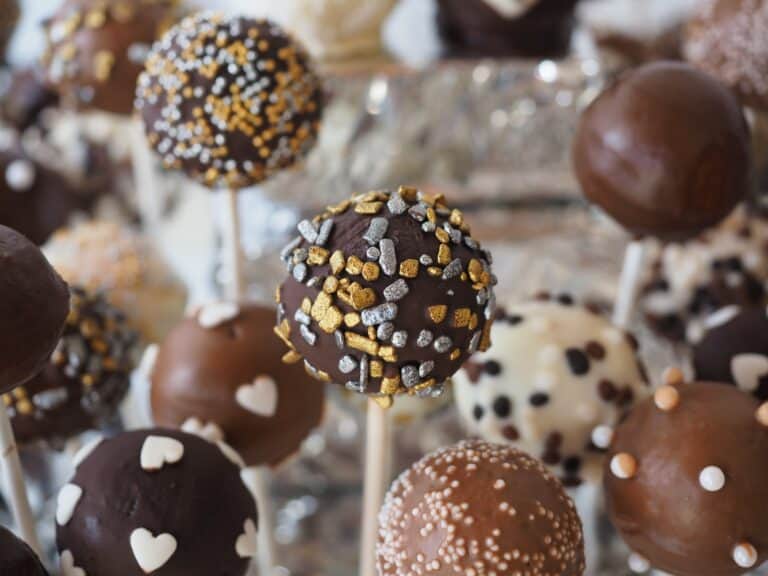Every chocolate enthusiast would agree that there’s something irresistible about the sweet taste of a good chocolate bar. Chocolate, as we know it, wouldn’t be the same without sugar. The role of sugar in chocolate is crucial, serving many functions, not solely adding sweetness but also contributing significantly to the texture and flavour.
The Role of Sugar in Our Daily Life: People’s Consumption Patterns
Just like people drink coffee punctuated with doses of sugar to break the bitterness, chocolate, too, requires sugar to create the perfect balance of taste. The ideal chocolate bar is an iconic blend of a bitter compound (coco), a fat (cocoa butter), and a sweetener (traditionally, our table sugar).
Understanding the Role of Sugar in Chocolate

Fluidity, brightness, and texture are important aspects of creating a perfect piece of chocolate. However, the aspect that arguably matters most in the overall sensory experience is the sweetness level.
The sweetness in chocolate comes from sugar. Sugar plays a key role in determining the flavor of chocolates. Not only does it create a deliciously sweet balance to cocoa’s natural bitterness, but it’s also an important player in the complex food chemistry involved in turning cocoa beans into chocolate.
The Science Behind Sugar in Chocolate
Let’s dive deeper into the scientific reasons explained. The role of sugar in the manufacturing process of chocolate is to balance the natural bitterness of the cocoa solids extracted from cocoa beans. Sugar also assists in forming the desired consistency and texture in chocolate, by affecting the viscosity of the chocolate mixture during the manufacturing process.
Sugar’s role is particularly multi-faceted when it comes to texture. When chocolate melts in your mouth, it’s the sugar that you feel dissolving first, followed by cocoa butter. This layered melting experience is part of what makes eating chocolate so enjoyable.
The Role of Sugar in Different Types of Chocolate

Within the chocolate family, the amount of sugar added can greatly vary. For instance, dark chocolate bars, famed for health benefits, contain less sugar and high cocoa content than their counterparts, while milk chocolates, as the name implies, contain a higher amount of dairy milk and sugar. White chocolate — devoid of cocoa solids — depends even more heavily on sugar, as well as cocoa butter for its creamy texture and sweet flavor.
Health Impact of Sugar on Chocolate
While the delicious combination of sugar and cocoa in chocolates makes for an irresistible treat, it’s significant to be wary of too much sugar. We are well aware of the global obesity epidemic due in large part to increased sugar consumption in processed foods. High sugar content is not just a property of candies, soda, and baked goods, but of many chocolate products as well.
Therefore, it is essential to be mindful of the calorie count in sweets. Higher cocoa-content chocolate bars will generally have less added sugar and therefore fewer calories. They also offer greater health benefits since they are richer in heart-healthy flavanols.
Exploring Alternatives to Sugar in Chocolate

With the rise of food trends that focus on low-sugar and low-calorie intake, many chocolate makers are venturing into creating products using sugar alternatives. Coconut sugar, maple syrup, brown sugar, and sugar alcohols are used by many chocolate makers as preferable substitutes to regular sugar. Using these different sweeteners provides varying levels of sweetness and imparts subtle flavor waves into the chocolate, opening up new tasting experiences.
Granulated sugar, derived from sugar cane or sugar beets, is the most common sweetener used in chocolate making. However, brown sugar and coconut sugar are increasingly being used as alternatives, imparting a distinct flavor and subtle caramel notes.
Maple syrup — while a less common choice — can introduce an interesting depth of flavor. High-fructose corn syrup, a cheaper sweetener derived from cornstarch, is commonly used in lower-quality chocolates or where a more fluid consistency might be needed.
Sugar alcohols also offer another option, providing fewer calories compared to traditional sugar and affecting blood sugar levels less. When it comes to people who are looking to cut their sugar consumption, chocolates made with natural sweeteners like stevia and artificial sweeteners like aspartame provide suitable alternatives.
Not Just Sweetness: The Sugar-Sensory Experience in Chocolate
The sensory experience that sugar induces when consuming chocolate is beyond just the sweetness. When chocolate melts in your mouth, it’s the sugar crystals that dissolve first, followed by the fat or cocoa butter. This layered melting experience is part of what makes eating chocolate so enjoyable.
Health Impacts: Sugar and Chocolate Consumption
The rise in global obesity and diseases like diabetes highlights the relevance of examining the sugar content in our food. Chocolates, though primarily seen as a sweet treat, also form part of this sugar consumption discourse. Thus, it becomes increasingly necessary to understand and regulate the amount of sugar we consume through chocolates.
The Future of Sugar in Chocolate

Many chocolate producers are aware of the obesity epidemic and are thus seeking ways to lower the sugar content in their chocolate bars without compromising on taste. Reformulations are underway and there are ongoing discoveries of raw materials and manufacturing techniques that can help achieve a better balance.
White chocolate lovers, for instance, could soon be able to relish less sugary versions, with the industry working to cut the sugar content by an average of 20%, using soluble fibers.
Refined sugars have found themselves under scrutiny due to their association with health problems, ranging from tooth decay to type-2 diabetes and obesity. This has resulted in chocolate makers using other sweeteners or less refined sugars. Ultimately, the use of sugar in chocolate is not set in stone but is as fluid as the chocolate mixture itself.
To sum up, the journey of sugar in chocolate is exciting, diverse, and constantly progressing. Its key role in taste and texture formation in chocolate products will continue, but the type of sweetener used is likely to change in the trend-driven food industry. As consumers become more conscious about their sugar consumption, chocolate makers have a responsibility to adapt their recipes. Sugar-rich chocolates will certainly have their place in the market, but we will likely see the rise of chocolates using alternative sweeteners, offering chocolate lovers exciting variations to savor.
However, in this sweet expedition, irrespective of the type of sugar or alternative sweeteners used, let us remember that moderation is key. Just as you would not gulp down a cup of black coffee sprinkled with heaps of white sugar, it’s essential not to devour high amounts of any sugary food – not even if it’s your favorite milk chocolate bar.
One thing is for sure, the love for that blissful moment when a piece of chocolate melts in your mouth, gradually revealing its flavors and textures, is here to stay. Because let’s face it, life’s too short for bad chocolate. Life’s also too short to exclude something sweet and virtually harmless if enjoyed in moderation. While sugar and other sweeteners used in making chocolate may change, the joy derived from eating a piece of good-quality chocolate is a timeless delight that many of us cannot resist.
Other suggested articles:
